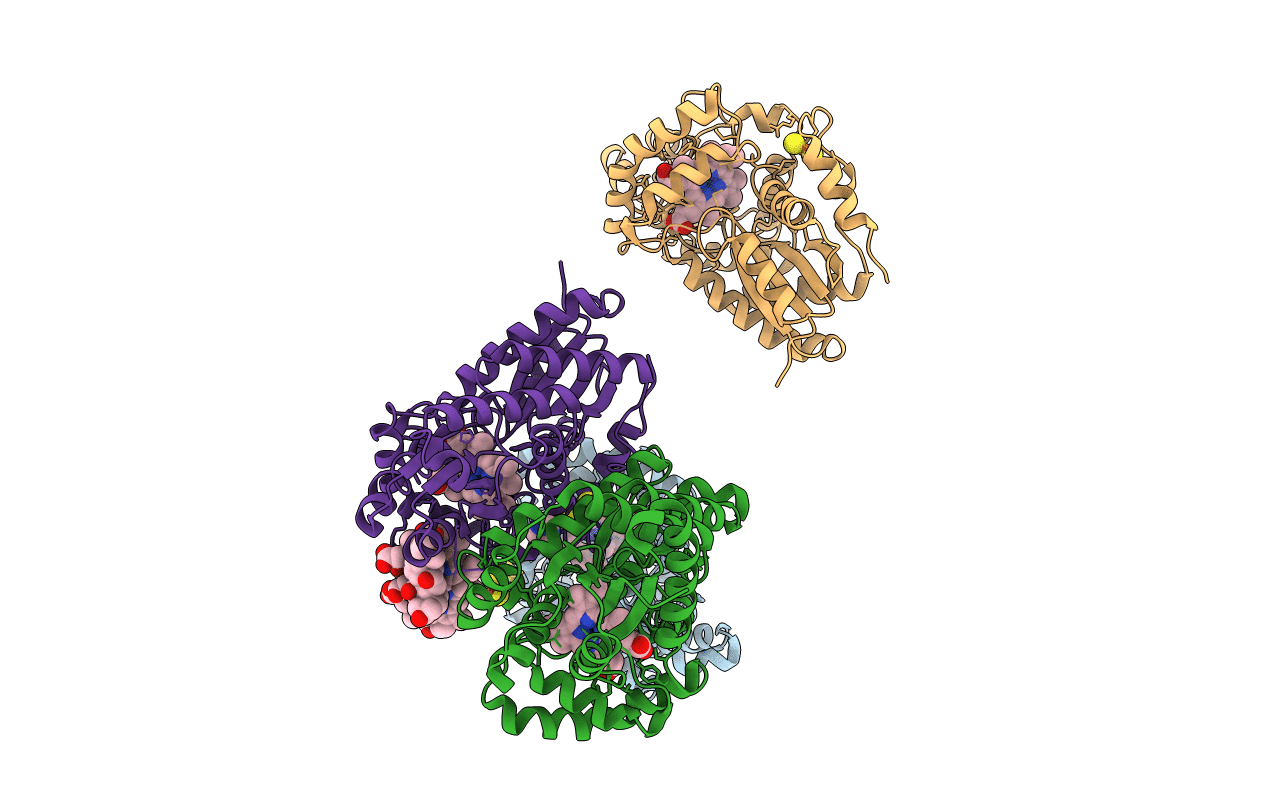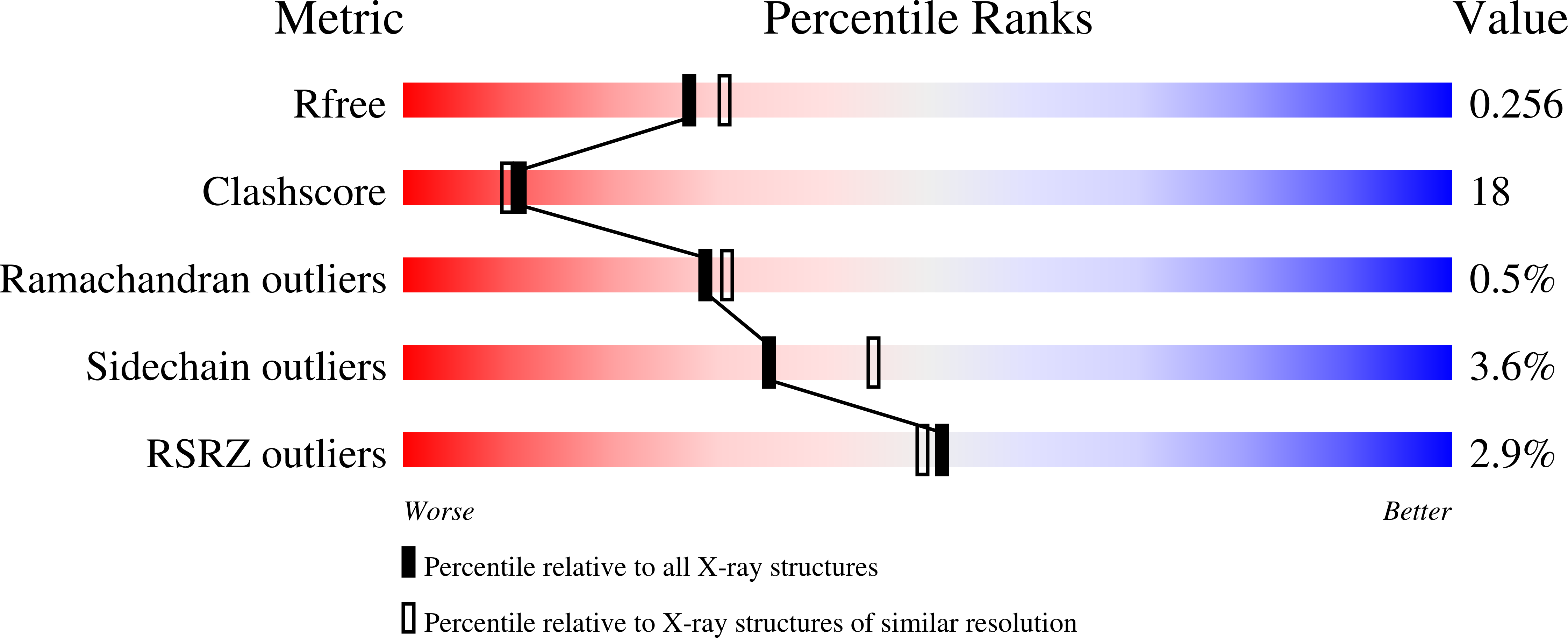
Deposition Date
2007-06-20
Release Date
2007-10-30
Last Version Date
2024-11-20
Entry Detail
PDB ID:
2QD1
Keywords:
Title:
2.2 Angstrom Structure of the human ferrochelatase variant E343K with substrate bound
Biological Source:
Source Organism:
Homo sapiens (Taxon ID: 9606)
Host Organism:
Method Details:
Experimental Method:
Resolution:
2.20 Å
R-Value Free:
0.26
R-Value Work:
0.22
R-Value Observed:
0.22
Space Group:
P 1


